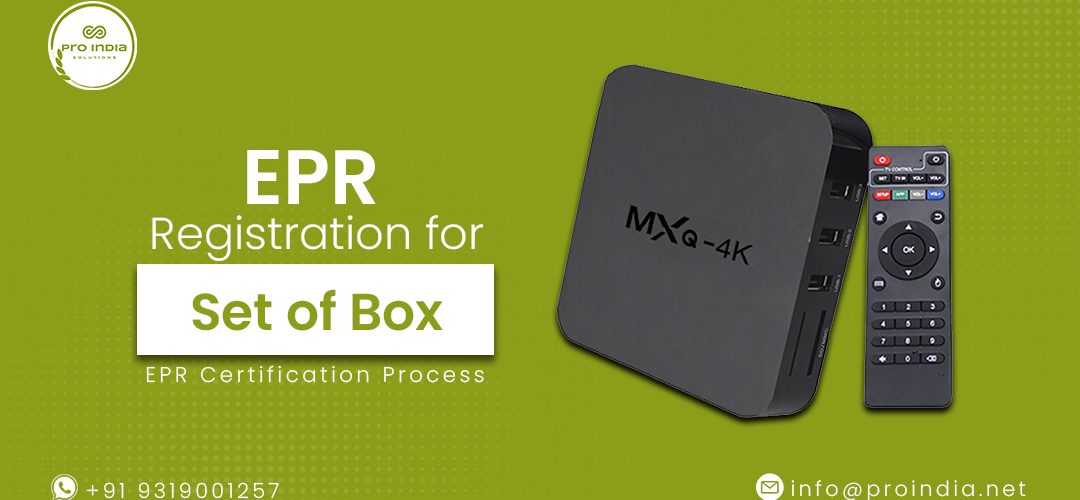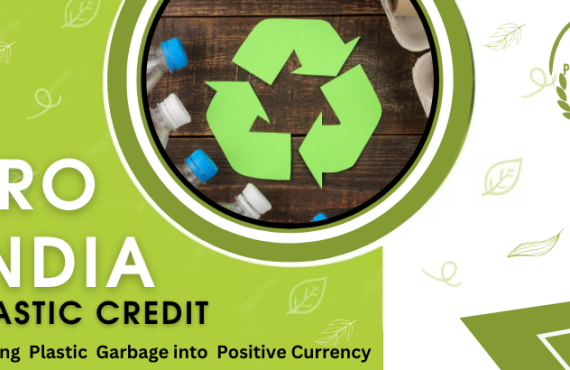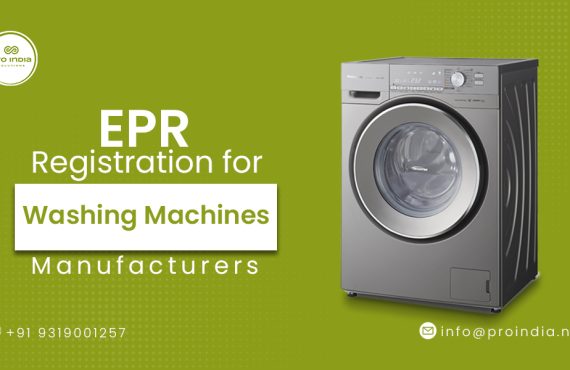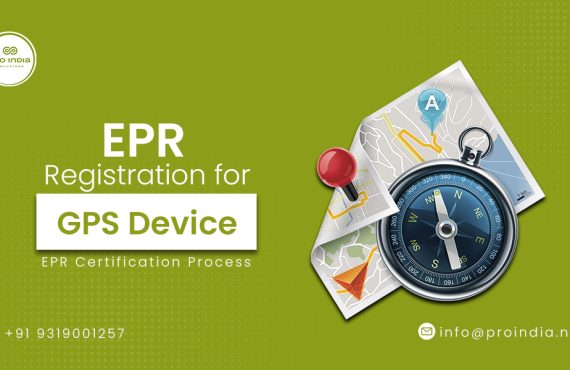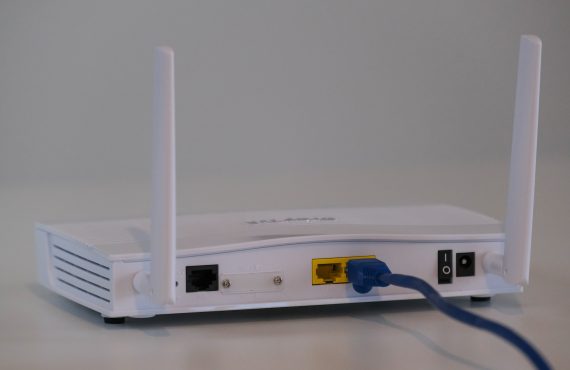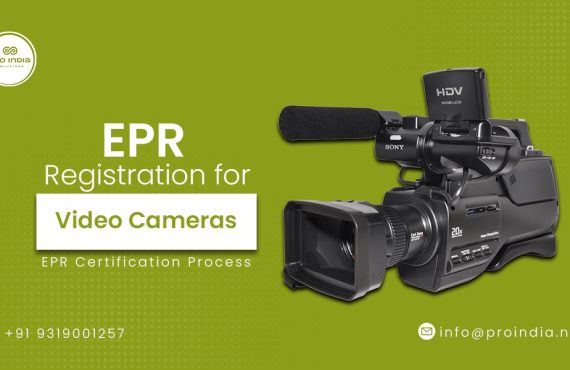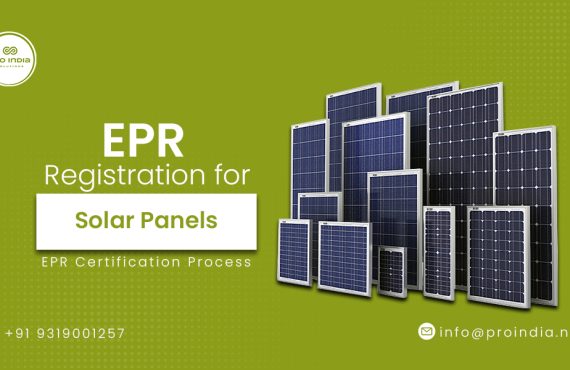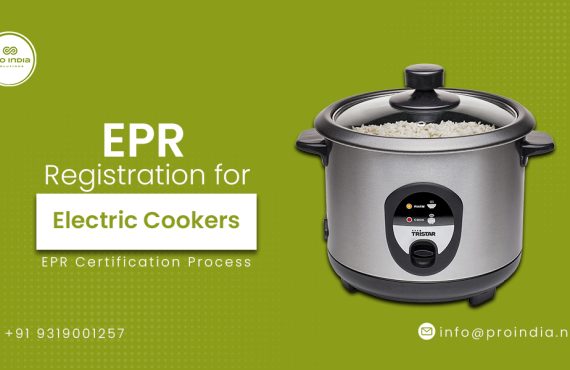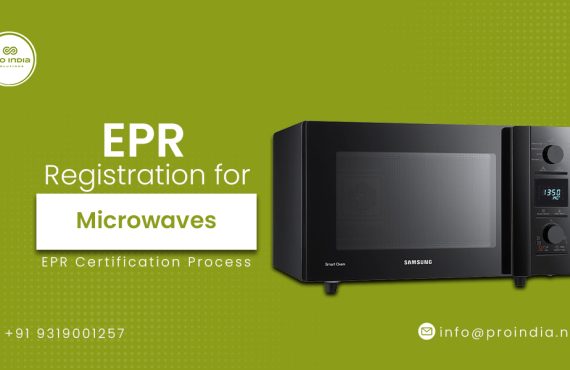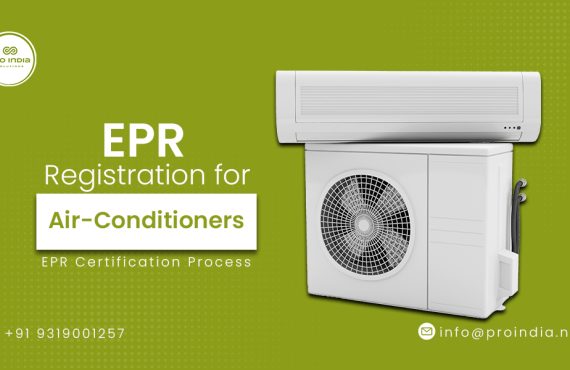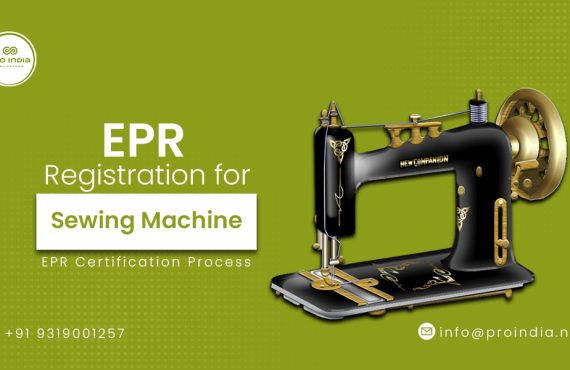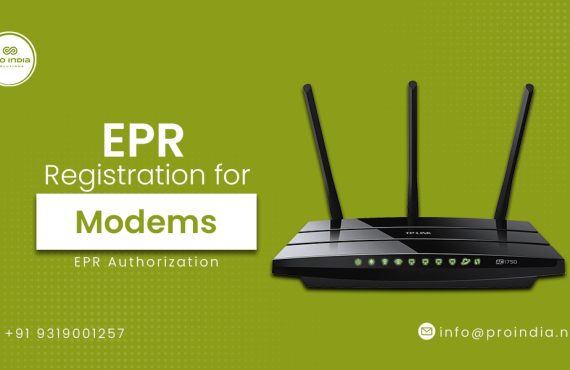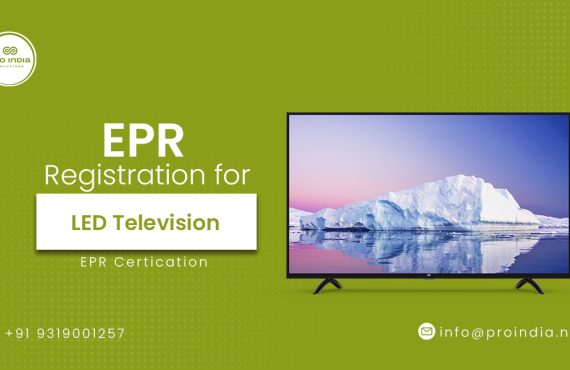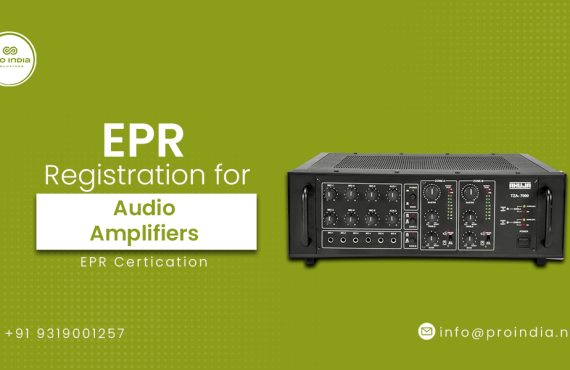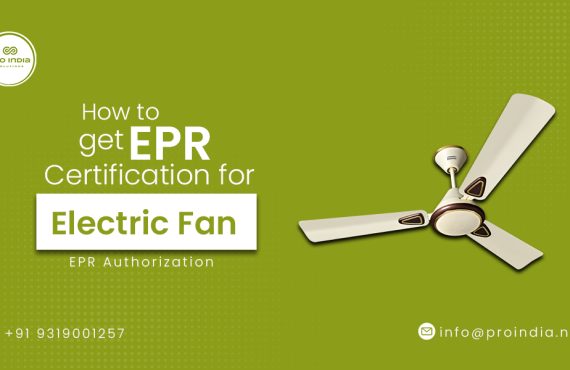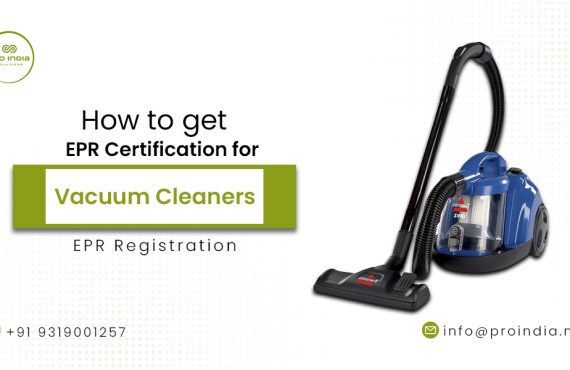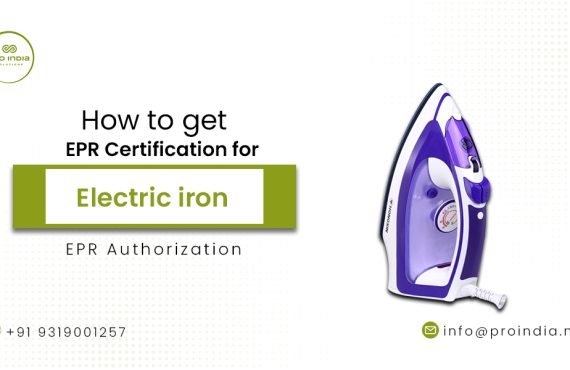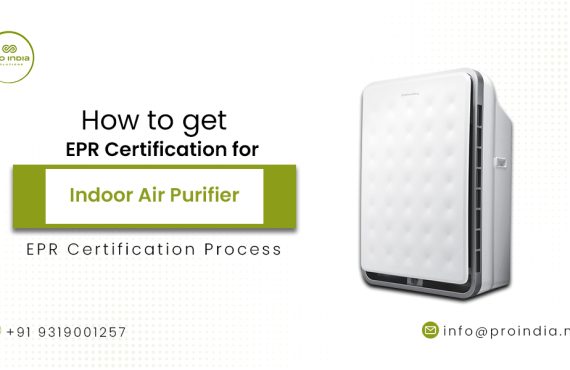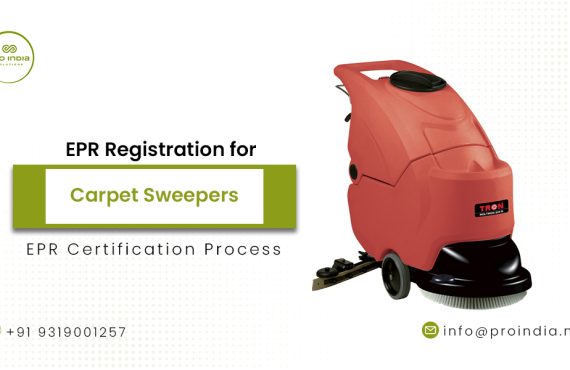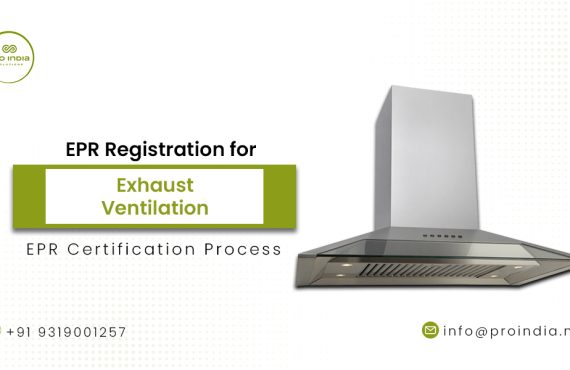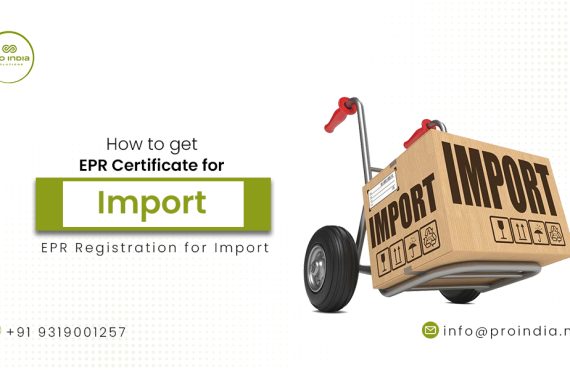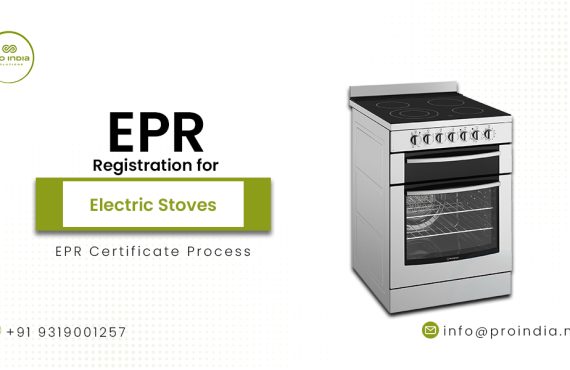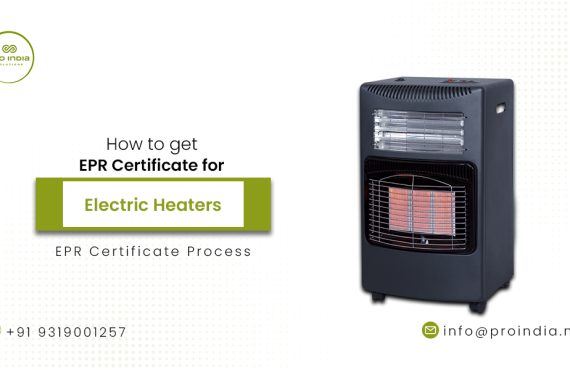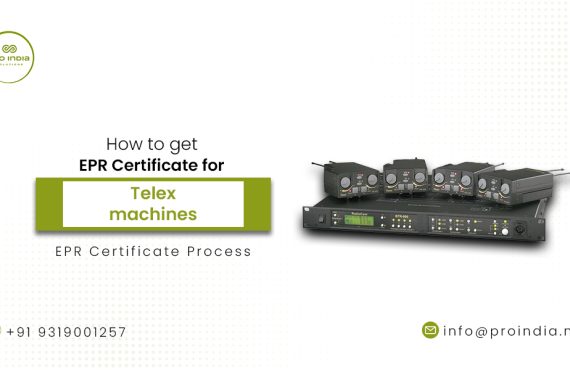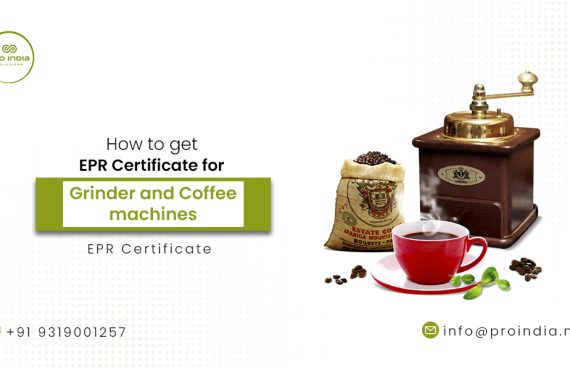Environmental sustainability is a primary concern for firms in the modern global economy. The effective management of waste, especially when it comes to packaging materials, is a critical component of sustainability. Extended Producer Responsibility (EPR) programs have been developed in many nations to make manufacturers responsible for the trash their products cause. This thorough tutorial will take you step-by-step through the procedure if you’re a maker or distributor of a set of boxes and need to receive an EPR certificate.
Extended Producer Responsibility (EPR) is a policy approach that places the responsibility for managing and reducing the environmental impact of a product’s lifecycle on the producers. The purpose of EPR is to encourage producers to adopt sustainable practices, minimize waste generation, and promote the efficient use of resources. By holding producers accountable for their product’s environmental impact, EPR aims to shift the burden from taxpayers and municipalities to the companies that manufacture and market the products.
EPR regulations vary across countries and regions, but they typically require producers to take responsibility for the entire lifecycle of their products, including collection, recycling, and proper disposal. These regulations can have a significant impact on businesses, as they may introduce new requirements, reporting obligations, and financial responsibilities.
EPR Certification for a Set of Boxes:
- To obtain EPR certification for a set of boxes, it is crucial to identify the specific EPR regulations that apply to your product and target market. Different regions may have distinct regulations and requirements, such as recycling targets, packaging material restrictions, or reporting obligations. Understanding these regulations will guide your efforts to comply with EPR standards and obtain certification.
- The criteria and requirements for EPR certification generally revolve around sustainable packaging practices. This may include considerations such as material choices, recyclability, use of recycled content, and reduction of packaging waste. Certification bodies evaluate these factors based on established standards and benchmarks to determine if a set of boxes meets the necessary criteria for EPR certification.
- Researching authorized certification bodies is essential to ensure the credibility and validity of the certification. Look for certification bodies that are accredited and recognized within the relevant industry and jurisdiction. These bodies should have expertise in EPR and a thorough understanding of the specific regulations governing packaging.
Preparing for EPR Certification:
- Preparing for EPR certification involves conducting a comprehensive assessment of your packaging materials. This assessment includes evaluating the composition of the set of boxes, identifying opportunities for optimization, and assessing their recyclability and environmental impact. Considerations such as material choices, design modifications, and labeling requirements should be explored to enhance the sustainability of the packaging.
- Optimizing your set of boxes for recyclability and sustainability requires careful consideration of materials. Choose materials that are easily recyclable, have a lower environmental footprint, and are sourced responsibly. Reducing the overall amount of packaging and incorporating recycled content are also effective strategies. Additionally, developing a waste management plan and implementing a reporting system will help track progress, measure achievements, and ensure compliance with EPR regulations.
EPR Certification Application Process:
- To initiate the EPR certification application process, gather all the necessary documentation and information required by the certification body. This may include details about the set of boxes, material specifications, recycling processes, waste management plans, and any other supporting documentation. Ensure that the information provided is accurate, complete, and meets the certification body’s requirements.
- Completing the EPR certification application form involves providing detailed information about your packaging and addressing specific questions related to EPR compliance. Take the time to accurately fill out the form, ensuring that all required sections are completed. Providing supporting evidence, such as test reports, environmental impact assessments, and waste management reports, will strengthen your application.
- During the application process, engage with the certification body and promptly address any queries or requests for additional information. Effective communication and collaboration will help ensure a smooth certification process. Respond to inquiries in a timely manner and provide any requested documentation or clarification promptly.
EPR Certificate and Ongoing Compliance:
- Upon successful evaluation and approval, you will receive the EPR certificate. Understand the validity period of the certificate and ensure compliance with the requirements throughout its duration. Establish systems to track and report on your packaging waste, including monitoring recycling rates, collecting data on packaging materials used, and reporting on progress and achievements. Regular audits and assessments will help maintain compliance and identify areas for improvement.
- Staying updated on EPR regulations is essential for ongoing compliance. Keep abreast of any changes in regulations, reporting requirements, or targets that may impact your EPR certification. Engage with industry associations, attend relevant conferences or seminars, and actively participate in discussions related to EPR to stay informed.
- Maintaining EPR certification requires a commitment to sustainable practices and continuous improvement. Regularly review your packaging strategies, explore innovative solutions, and actively seek opportunities to reduce waste and improve recyclability. By staying proactive and dedicated to sustainable packaging, you can ensure ongoing compliance with EPR regulations and maintain your certification.
The procedure to get an Epr certification for the set of boxes:
To obtain an EPR (Extended Producer Responsibility) certificate for a set of boxes, you need to follow a few essential steps.
- First, research the EPR requirements specific to your region. Understanding the regulations governing packaging materials is crucial to ensure compliance.
- Next, identify the composition of the boxes to determine their categorization within the EPR program. This categorization may be based on material type or weight.
- Once you have this information, select an authorized EPR compliance organization that operates in your area. They will guide you through the certification process.
- Prepare and submit the necessary documentation, including details about the packaging materials used, quantities produced, and any recycling or recovery initiatives in place. Be ready to pay the associated fees, which cover the costs of recycling or proper disposal.
- The compliance organization will review your application, potentially conducting audits or inspections. If approved, you will receive an EPR certificate, acknowledging your compliance with the regulations. Remember to stay informed about the specific requirements in your industry and seek guidance to ensure a smooth certification process.
Conclusion :
Obtaining an EPR certificate for a set of boxes is a crucial step in demonstrating your commitment to environmental sustainability and meeting regulatory requirements. By following the steps outlined in this guide, you can navigate the certification process with confidence and contribute to a greener future. Remember, EPR is not just about compliance; it’s an opportunity to create value through responsible waste management and foster a positive brand image.
By embracing EPR and taking proactive measures to reduce the environmental impact of your packaging materials, you can position your business as a leader in sustainable practices and contribute to a more circular economy.
Remember, EPR regulations may vary depending on your specific jurisdiction, so it’s essential to consult the relevant authorities and seek professional advice to ensure compliance with local requirements. This comprehensive guide provides a roadmap to help you obtain an EPR certificate for your set of boxes, but it’s crucial to stay informed and adapt to any regulatory changes that may arise in the future.
Contact our experts now to meet your compliance requirements


